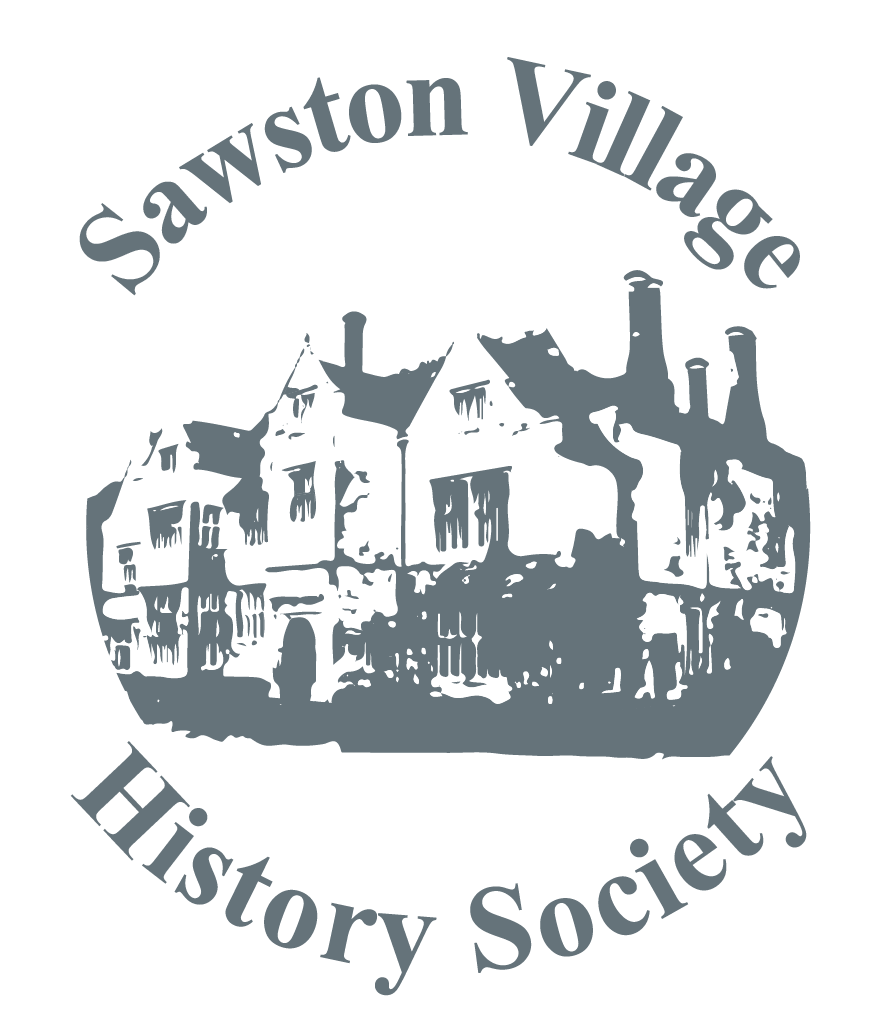
This entertaining talk was illustrated by a copious collection of kitchen objects used up to the 60s, but now mainly superseded by more sophisticated and expensive electrical equipment.
As a chef, culminating in his present job as Head Chef at Wimpole Hall, Keith has always been an avid collector of kitchen memorabilia, which also includes the first TV cook book by Philip Harbin. Remember him, the somewhat portly guy with the trademark striped apron? In those days the TV menus were confined to what we would consider somewhat basic dishes, as there was not the exotic choice of ingredients that we have today. Unexpectedly, one of the first TV recipes described was lobster vol–au–vent. However, on reflection perhaps not so surprising; only the wealthy could afford a TV in late 1946, and lobster was not rationed!
The motley collection Keith described included a ham bone clamp for cutting ham; a variety of different forks, including one for holding sardines, which came with a sardine dish; potato peelers and an ice cream scoop, which was also used as a mashed potato scoop. Another intriguing item was a creamer which turned a measured quantity of unsalted butter and full fat milk into a thick cream. A number of items also ended up being more commonly used for other tasks, such as a Victorian dish cloth holder which was used as an egg whisk or a device for removing eggs from boiling water.
He also proudly showed an Art Deco cocktail shaker in polished pewter, together with a book entitled “The Cocktail Shaker”, rescued from the Chesterford Country Club. He wasn’t able to answer the question of whether cocktails were better shaken rather than stirred.
He concluded his entertaining talk by describing his work at Wimpole Hall as chef. He takes pride in ensuring that locally produced ingredients are used as much as possible to produce good wholesome dishes at reasonable prices but with no claim to be haute cuisine. He mentioned also the excitement at the discovery, in the library of all places, of the first edition of Rudyard Kipling’s “The Jungle Book”, signed by Kipling and dedicated to his younger daughter Elsie, who sadly died only a few years later.
After his talk he invited the audience to handle and “play” with the items on display, even the more fragile glass and ceramic items.